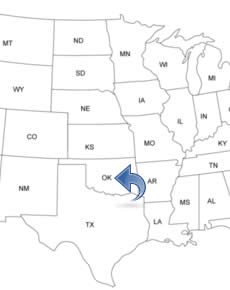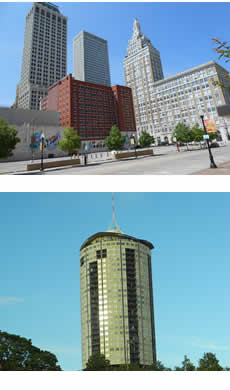OKLAHOMA PEOPLE SEARCH!
- ✔ Contact Info
- ✔ Phone Numbers
- ✔ Criminal Records
- ✔ Income Info
- ✔ Neighbors
- ✔ People's Age
- ✔ Property Ownership
- ✔ And Much More
Tulsa, Oklahoma
Tulsa is located in the northeastern part and is the second largest city in the U.S. State of Oklahoma. Oil Capital of the World. Tulsa is known as the Mecca for arts in Oklahoma and the city has been called one of America's most livable large cities. You will find 140 parks in the city and America's Favorite Zoo in 2005, the Tulsa Zoo and Living Museum. The summers can be very warm. Tulsa has over 225 days of sunshine annually.
To See And To Do In Tulsa
- Gilcrease Museum
- Tulsa Air and Space Museum
- The Philbrook Museum
- Woodward Park
- Tulsa Zoo
- Oklahoma Jazz Hall Of Fame
- Creek Council Oak Tree
- The Center Of The Universe
- Shopping
- Tulsa Municipal Rose Garden
- The Ida Dennie Willis Museum Of Miniatures, Dolls And Toys
History Of Tulsa - Timeline
In 1832, the American writer Washington Irving visited the region and in 1835, he described it in the book A Tour on the Prairies. In 1848, Lewis Perryman, a prominent Creek rancher, opened a cattle ranch and a trading post. In 1879, the post office was established.
In 1882, the railroad came to town. In 1884, the first school opened and had 30 students and the first newspaper was published. In 1885, the first church was built. In 1898, Tulsa was incorporated as a city.
In 1901, oil was discovered in nearby Red Fork and Tulsa changed from a small frontier town to a boomtown. In 1906, the first hospital opened in the city. In 1921, a nineteen-year-old black shoeshiner was accused of having attacked and raped the 17-year-old white girl Sarah Page in an elevator. Still today no one knows if that's what happened even if she was found in a distraught state. Buildings in one of the wealthiest African-American community in the United States and Tulsa was set on fire by a mob.
The Tulsa Race Riot aftermath: 36 people died, 800 people were injured, more than 6,000 residents were arrested and about 10,000 people were left homeless. Both blacks and whites were killed but the numbers are still debated today.
In 1922, Theatre Tulsa, Inc. started under the name of Tulsa Little Theater. In 1927, Charles Lindbergh landed at McIntyre Field that later became Tulsa International Airport. In 1928, the Philtower Building was completed. In 1929, the city of Tulsa purchased the McIntyre Field and named it Tulsa Municipal Airport. In 1930, there were over 141,000 people living in the city. In 1963, Tulsa Municipal Airport was renamed to Tulsa International Airport. In 1975, the BOK Tower was completed. It is the tallest building in Tulsa and Oklahoma.

